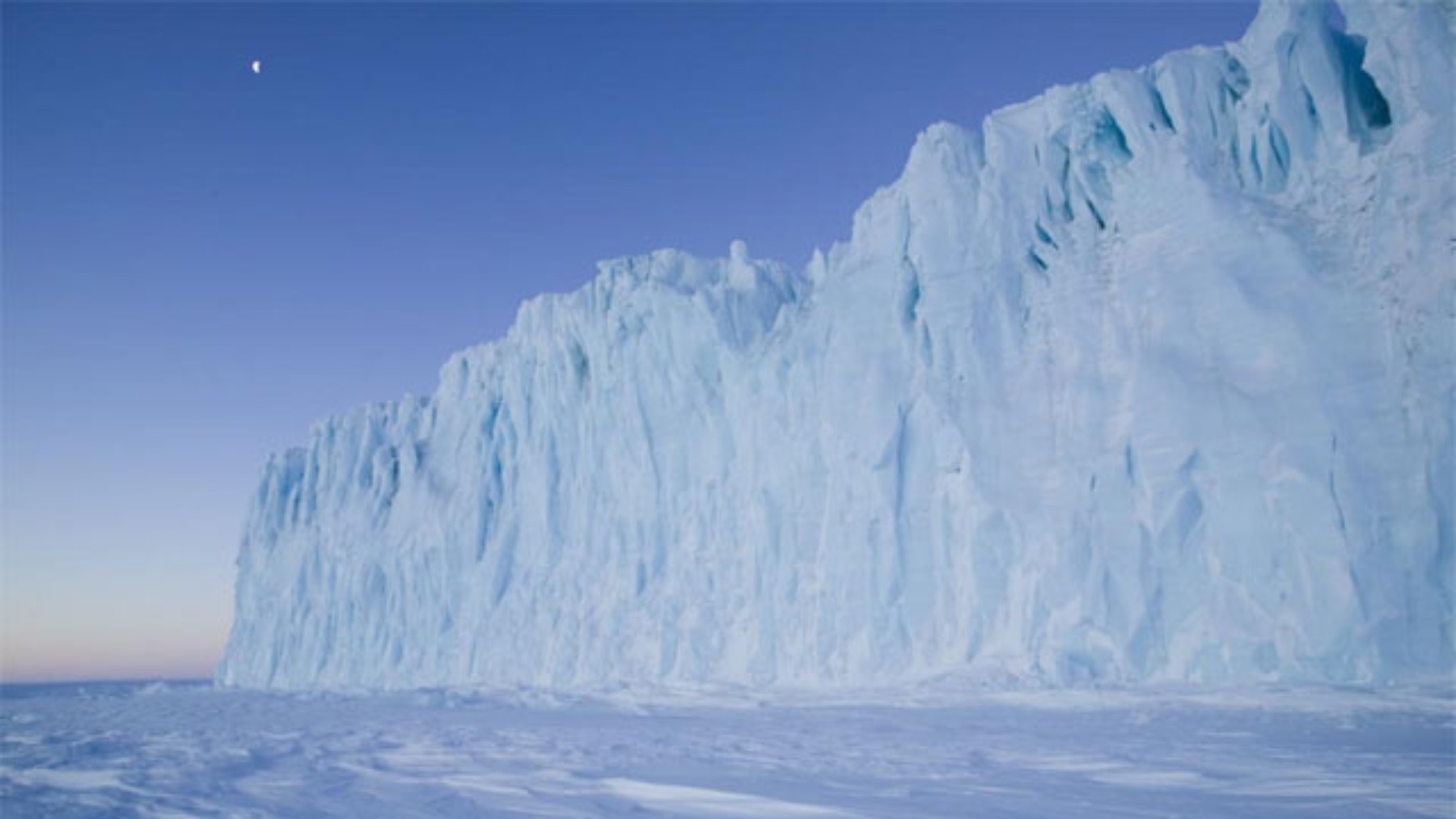Have you heard of the Younger Dryas event? It was an episode that took place on Earth 12,800 years ago in Greenland, and it remains a mystery for scientists to this day. What happened for it to be such an enigmatic phenomenon? The Earth was warming up and its glaciers were melting. In this situation, life was learning to adapt to the new conditions when suddenly the planet cooled down by 10ºC all at once. What happened to cause such a sharp drop? This is what researchers are still asking. In light of this lack of answers, a group of researchers from the University of California headed to Baffin Bay to collect and investigate the ocean sediments of the region.
What they found there opened the doors to a new theory. The remains of metallic particles rich in platinum, iridium, nickel, and cobalt were more characteristic of comets and meteorites than of Earth. Furthermore, they found what is known as impact micro-spheres, that is, small bubbles caused by the melting of materials under intense heat, just as when a comet disintegrates upon impacting the Earth’s atmosphere. After this discovery, scientists have been able to determine that the glaciation the planet experienced may not only be due to terrestrial factors but also to cosmic ones. Moreover, this event serves as a warning for the future.
Younger Dryas
It is one of the most enigmatic climatic events that has occurred on our planet. It took place 12,800 years ago and included a period of abrupt cooling that interrupted the natural warming the Earth was experiencing during the last glacial period. The temperature dropped by about 10ºC, plunging the planet into a period of over a thousand years of “winter mode.” Until the latest discoveries, the explanation given for the phenomenon was not very clear. It was believed that the glaciers had melted due to rising temperatures, which caused large amounts of freshwater to flow into the oceans, weakening the ocean currents responsible for transporting heat to the Northern Hemisphere.
The answer may be in the stars
In the absence of answers and evidence, a group from the University of California headed to Baffin Bay, near Greenland, to gather more answers. Once there, they collected samples of ocean sediments, among which they identified metal particles rich in platinum, cobalt, nickel, and iridium. This discovery was very surprising, as these are not elements native to Earth, but rather to comets and meteorites. Additionally, they also found small bubbles formed by the melting of materials subjected to very high temperatures, as occurs when a comet impacts the Earth’s atmosphere.
These bubbles are called impact micro-spheres, and they open the door to suggesting that the reason for glaciation might have been extraterrestrial. Another aspect that must be taken into account along with this new finding is the function of these particles with solar radiation. Acting as shields, blocking its access, which would cause a decrease in temperatures, which would explain the sudden winter.
What conclusions can we draw from this new finding?
This new perspective that could explain the Younger Dryas also leaves other aspects to consider:
- The first and most evident is the revision of climate theories. While it was previously considered that the Younger Dryas was an event caused by terrestrial events, the theory is now added that it could be the result of both cosmic and terrestrial factors.
- Other ‘functions’ of comets can now be attributed beyond being celestial bodies. The dust from them can change the climate, as happened on Earth.
- This event serves as a warning for the future, as it affects measures to monitor near-Earth objects and how they could impact our safety.





